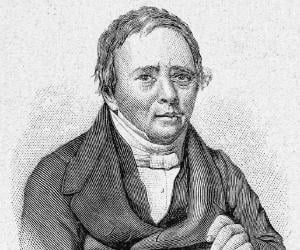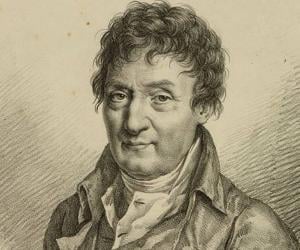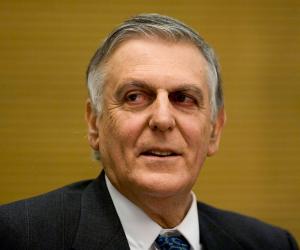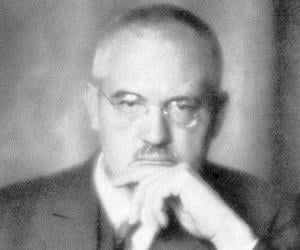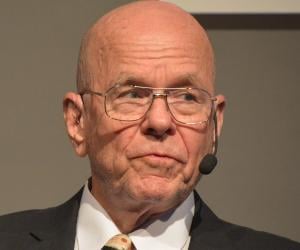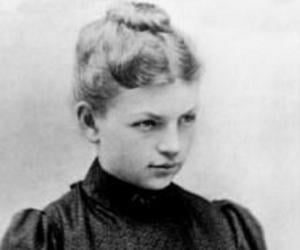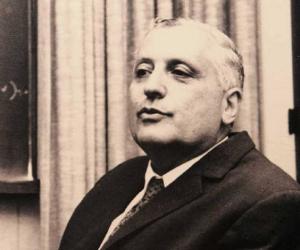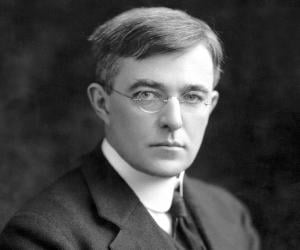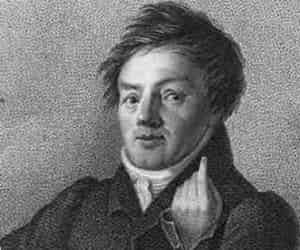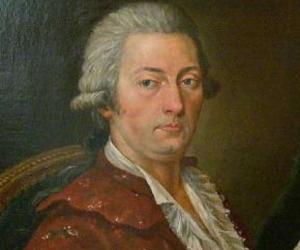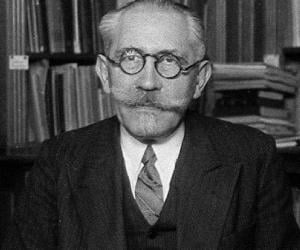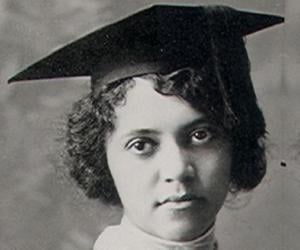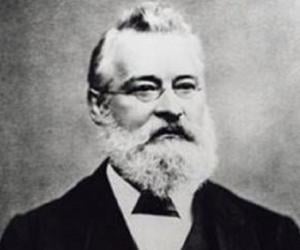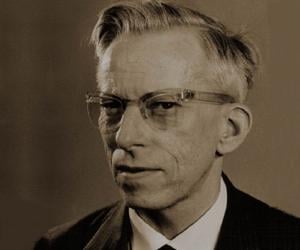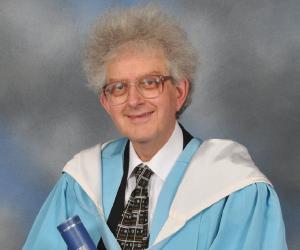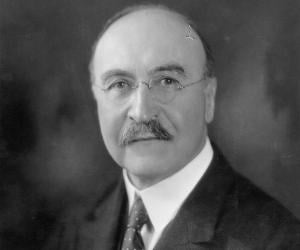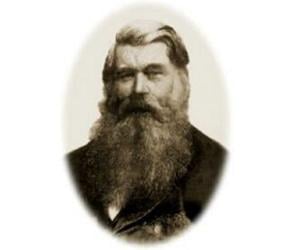Childhood & Early Life
Hans was born on August 14th, 1777 in Rudkobing in Denmark. His father Soren Christian Oersted was a practising pharmacist, and young Hans helped his father in the family business and got introduced to chemistry and science.
Because of his father’s preoccupation with business and his mother’s engagement with a large family, Hans and his young brother Anders were sent to live with a German wigmaker and his wife. It was during this time, that the two brothers became acquainted with German and even learnt rudimentary Latin, French and mathematics.
At the age of 17, the family moved to Copenhagen and both the brothers were able to clear the entrance examination of the University with honours.
At the University, Hans studied physics, astronomy, chemistry and mathematics. Hans was quite influenced by Kantian philosophy and defended all his theories fiercely. In 1797, he received the pharmaceutical degree with honours.
The next year, he became one of the members of the editorial board of ‘Philosophisk repertorium for faedrelandets nyeste litteratur’, but the stint was short-lived. His interest in this magazine resulted from the fact that this magazine was known to defend Kantian philosophy.
In 1799, he received his Doctoral degree, and in his thesis he elaborated the importance and application of Kantian philosophy in natural philosophy.
Career
Hans was appointed as a pharmacy manager for a few days, and in 1801, he left his job to travel and complete his scientific knowledge.
At Gottingen, he was introduced to Johann Ritter who was working on the chemical effects of current electricity. Ritter’s ideas were unorthodox and stimulated Hans to develop his own ideas.
At Berlin, he met Henrik Steffens and Franz Baader, and he read Schelling. During his journey he collaborated with great minds, who influenced his philosophical thoughts.
In Paris, the first spark of scientific endeavour was noticed in the scholar when he defended Ritter’s work.
Although he faced his share of criticism, he learnt one important lesson. He discovered that many of the concepts which he previously believed to be scientifically proven were basically figments of imagination.
In 1804, he returned to Copenhagen but was disappointed as he was not offered a position of professorship.
He started giving public lectures which soon became extremely popular and he was offered professorship in 1806 in the ‘University of Copenhagen’. The next few years saw his emergence as a scientist who published several papers.
In 1812, while doing his research in Berlin, he wrote a paper demonstrating the relationship between electrical and chemical forces.
In 1820, while experimenting, he found out that a magnetic needle aligns in a perpendicular position with a current carrying wire. Subsequent investigation led to the discovery of the force of electromagnetism.
In the year 1824, Hans founded a society for raising consciousness of scientific knowledge among people in general.
He became the first person to reduce aluminium chloride to obtain aluminium in its elemental form, in the year 1825.
In the year 1829, Oersted established ‘Den Polytekniske Læreanstal’, which is now known as the ‘Technical University of Denmark’.
Awards & Achievements
Hans was the ‘Secretary of Royal Society of Sciences in Copenhagen’ and he was also named a ‘Knight of the Prussian Order of Merit’.
The eminent scientist was also a member of the ‘French Legion of Honour’.
In the year 1820, the erudite scientist was awarded the ‘Copley Medal’ by the ‘Royal Society of London’, for his contribution to the scientific world.
In 1822, Hans became the foreign member of the ‘Royal Swedish Academy of Sciences’.
Personal Life & Legacy
In November 1850, a national holiday was declared by the Government of Denmark, honouring this accomplished scientist and his work at the ‘University of Copenhagen’.
On March 9th, 1851, Oersted died in Copenhagen at the age of 73, and his funeral was attended by all distinguished people of Denmark.
As a scientist, Oersted was more enthusiastic about spreading scientific knowledge among people in general, rather than confining it within academic buildings and science laboratories.
From the year 1908, ‘Selskabet for Naturlærens Udbredelse’, the society founded by this eminent scientist has started awarding ‘Oersted Medals’ to Danish physical scientists who had made outstanding contribution in the field.
In 1930s the term ‘Oersted’ was named after him and is used for defining a unit of magnetic field strength.


